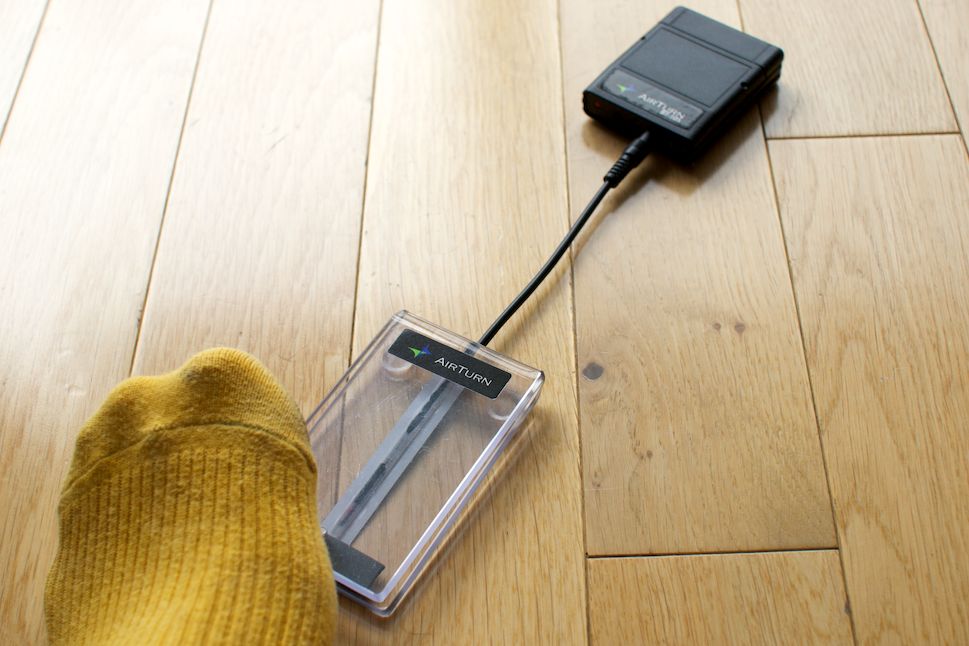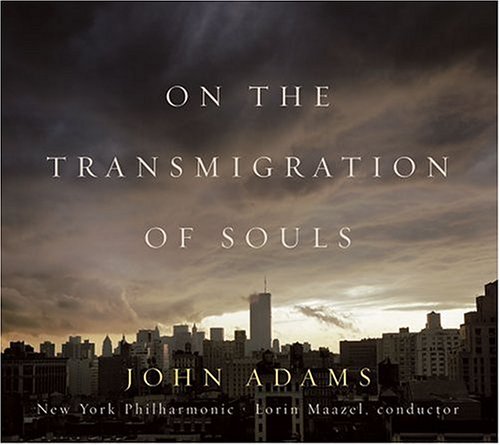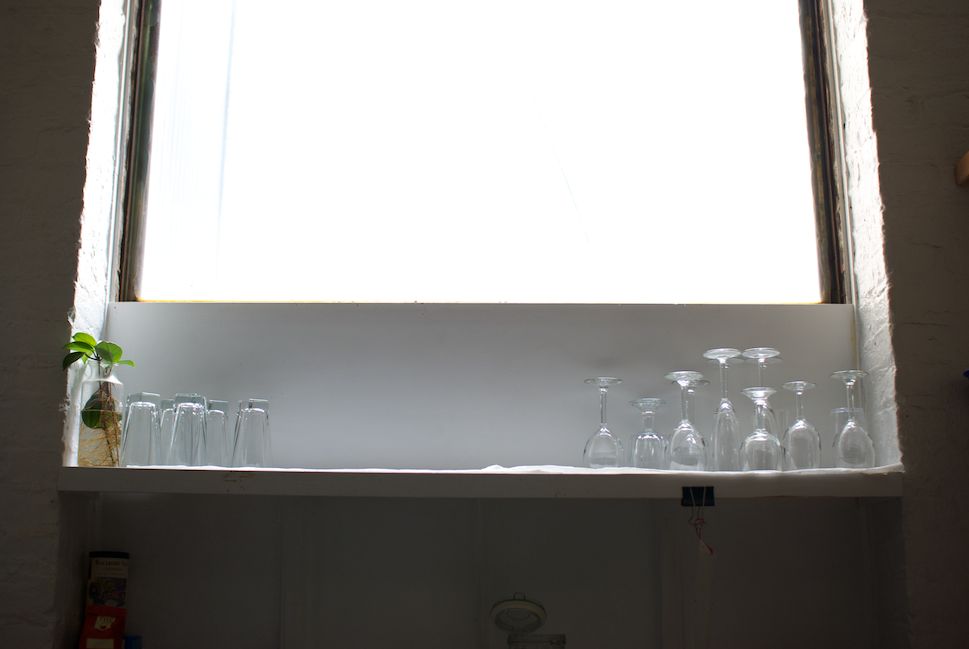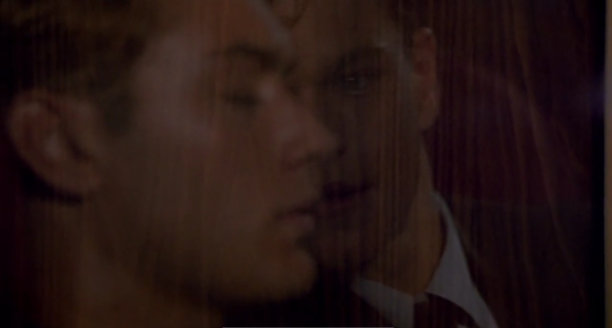If you’ve seen me play in the past, oh, six months or so, you may have noticed me reading music off this newfangled contraption called an “iPad”. Recently I added to this an AirTurn pedal, a little wireless switch that lets me turn virtual “pages” with my feet, which is good for those instances when I can’t spare a finger. Lots of people seem to like to ask me about this situation post-concert, and it’s actually a really boring subject, so I thought it would make a great blog post.
I didn’t get an iPad for the purpose of reading music. I got an iPad because I thought it was a neat toy, and my pops had an extra one. The music-reading evolved naturally as part of the composing process—I’d write a little something on my computer, and instead of hauling it over to the piano (which is all of 15 feet away) I started emailing PDF files to myself and reading them off the iPad. Heretofore, printing out multiple drafts was just part of writing a piece (I’ve found that composers tend to go through LOTS of paper) and I was glad to be rid of that step. Reading off the screen is not bad, either; while it’s maybe not as big as I would like, and can only display one page at a time (instead of two side-by-side, as with a printed booklet), it’s big enough for most normal-sized piano music. And who knows, perhaps some day there will be an iPad XL super edition.
Initially I read scores in iBooks, which is the built-in eBook and PDF reading app that comes with the iPad. This became untenable pretty soon. There’s no way to make annotations in iBooks, and worse, there’s no organization system. You can’t rename anything or edit metadata, all your scores just end up there in a big pile. Enter ForScore (haha get it?), an app which several musician friends recommended to me. It’s specifically built for organizing and reading scores, and has a ton of useful features—annotations, a metronome, page scaling/cropping, a built-in browser (oh hello imslp.org), bookmarks, auto-repeats, and lots of delicious metadata.
Unfortunately I don’t love ForScore. For all its eagerness to help, the interface is really quite crude and awkward. It’s one of those deals where you constantly need to be in the right “mode” to do this and that, and select the right “tool”. It feels very old-fashioned in this way; I wonder if the program’s designers are Finale users. Say you want to mark a fingering: you’ve got to tap-and-hold to get into “edit mode”, make sure you’ve got the “stamp tool” selected, select a number stamp from the little palette, zoom in to where you want to place it (otherwise it’s hopelessly inaccurate), and press “done” to get out of edit mode. A bit more involved than, say, pencil and paper.
Even worse: once you’ve gone to the trouble of annotating a bunch of scores, you can only export them in the proprietary .4sc format, otherwise you lose your markings. That sucks. The PDF file format supports annotations and metadata just fine; ForScore’s reliance on its own format is a pretty transparent lock-in attempt.
Here is what ForScore looks like:
Turning pages on the iPad is easy enough with the tap of a finger, but sometimes, of course, one can’t spare even that, which is why I bought an AirTurn pedal last month. It’s a very simple foot switch connected to a Bluetooth transceiver. The batteries in the transceiver last for days, and you recharge the thing by plugging it into a computer with a mini-USB cable. The iPad basically recognizes it as an external keyboard, albeit with only one key: Page down. Of course, this means that when you’re paired with the AirTurn, the iPad doesn’t show its onscreen keyboard, which is the MOST ANNOYING THING EVER. If you want to, say, send a quick email, you’ve got to disconnect from the pedal in order to type on the damn thing. This, too, sucks.

The hardware is pretty nice, and quite unobtrusive; I put the pedal to the left, next to una corda. It takes maybe a week to get completely used to this, but once you have, you’ll find yourself reflexively tapping the floor when it’s not there. I opted for the clear plastic pedal, which makes it nearly invisible to the audience; this is a good thing. It’s also nearly silent in operation; I glued a layer of cork sheeting on mine just to dampen that extra “clack” you get with leather-soled shoes. You can connect a second pedal to go backwards, but who wants to do that?
Performing, however, is where the iPad + ForScore + Airturn combination shines. You can make a setlist in ForScore and it will automatically move on to the next score. It’s also got a nice feature called “debounce”, which prevents you from accidentally hitting the pedal twice and turning two pages. It’s really smooth, and of course, in performance is when it’s most important for the experience to be seamless and reliable. Just remember to charge your batteries.






